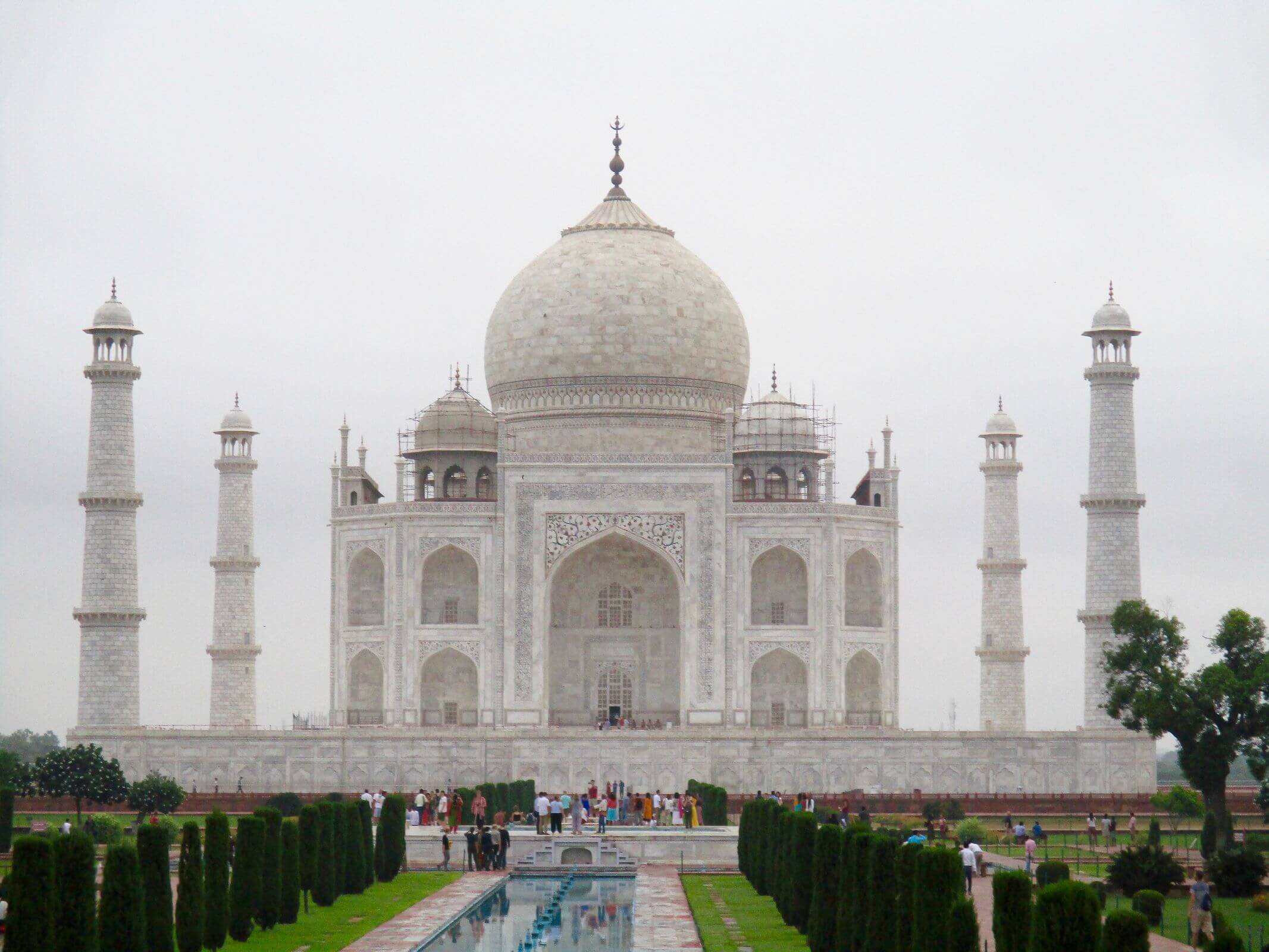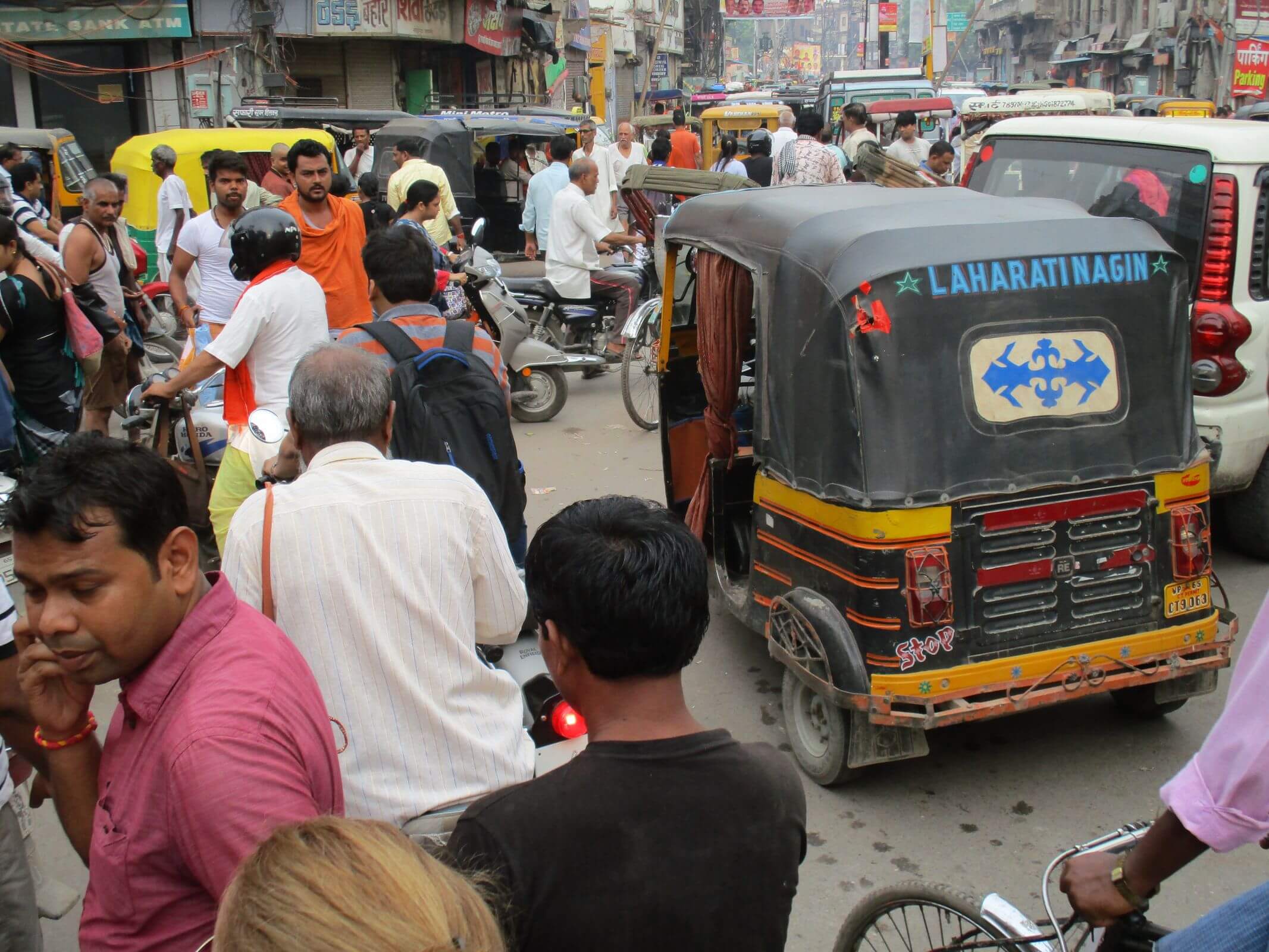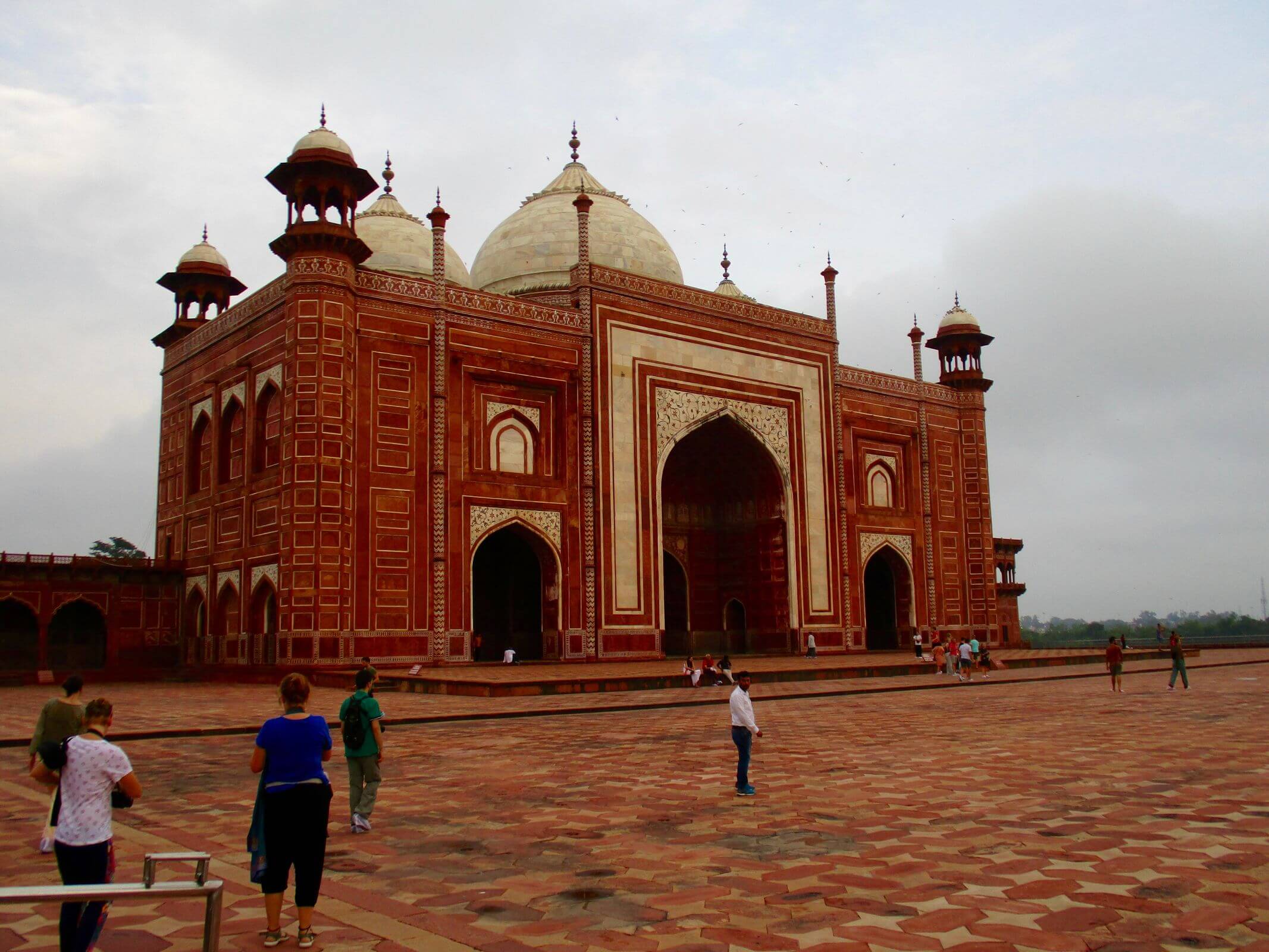
THEY GET TO WORK at 9 a.m. and often don’t leave the office until after 9 p.m. The competition for the top jobs is fierce, so no one wants to be seen as having less stick-to-itiveness than the next person. The work ethic is enshrined in the culture and religion of the land, devotion to the divine seen in every task you do.
The place? India, not the U. S., something I discovered while leading a work-life balance training for the Reserve Bank of India in muggy, monsoon-soaked Mumbai. The religions may be different, but each helped forge a habit for overdoing it that would lock millions into a queasiness about boundaries that has been further aggravated by an always-on world at the command of digital devices.
LANE-SPLITTING HEADQUARTERS
The two countries also share the stress load that comes from overperformance, compounded by white-knuckle commutes that make L.A. gridlock look like Fargo’s in comparison. Yes, there are lanes painted on the road, but they are a formality. Three lanes are a waste of space when you can cram in between them with every possible conveyance—tuk-tuks, motorcycles, trucks, pedestrians, bicyclists, rickshaws, carts pulled by humans or horses, and cows and water buffaloes in cities like Varanasi--to create five or six lanes.

Mumbai, formerly known as Bombay, is the financial and film capital of India, home to the most prolific movie hub on the planet, Bollywood. It's a hectic mix of British colonial structures, gleaming high-rises, and slums.
And a sign of India’s growing future. The nation's economy is growing fast, upwards of 7%, and for the first time it is no longer the home of the most impoverished people on the planet. Nigeria is. Tech companies are flourishing and Indian cable TV has hundreds of Hindi-language channels. Barefoot tuk-tuk drivers use the GPS on their smartphones to navigate the chaotic streets or watch videos in gridlock.
Yet some executives in India know that the long-hours, work-until-you-drop style is a prescription for burnout and poor performance. General manager of RBI Academy and Welfare, the human resource division of the Reserve Bank of India, Dr. Vijay Shekhawat reached out to me to come to Mumbai and provide some tools for stress management and work-life balance to leaders with some of the toughest work schedules, which combine their normal jobs and oversight on the boards of Indian commercial banks.
OVERWORK FACTORS
We dug into the factors that drive overwork—mechanical momentum (habit), the cultural overlay of their own work ethic, guilt, fear, and what I call the performance identity. Just as the Protestant work ethic derived from beliefs that idle time was the devil's time and all work was a glorification of God, so too Indians viewed work as the path to the Hindu deity. Work can be the way to self-transcendence if it's done without regard to ego and external personal gain.
Like the American work ethic, the Indian work ethic has been largely secularized for the upwardly mobile track, which results in a very similar sense of self-worth derived from output. I was struck by how similar the performance ID in India is to that in the U.S., a belief that all worth comes from external output.
Yet the job is just part of who we are, a persona, a social handle for the world to peg us. When we think it’s the entirety of our being or validation, we get fidgety in a free moment and find it hard to relax if we’re not getting something done. Life can’t get on that calendar, because it leads to squirminess without production.
There’s a study that Mark Cullen of Stanford Medical School did in which he looked at super-successful retired executives who made lots of money on Wall Street. Two days after they walked out the doors of the company into retirement they felt worthless. They weren’t producing anymore. They had no leisure skills.
Achievement is an important factor for our core need of competence, but we can find ways to feel it outside the job as well. In fact, mastery activities in the leisure-skill world are some of the most potent in delivering competence since they combine with another powerful core need, autonomy, as we gain abilities in a pastime or hobby.
We need a balance between achievement and the internal gratification that comes from intrinsic satisfaction and experiences on the life side of the work-life hyphen. As I reported in my last blog, balance is part of the human mandate, built in to our physiology, which offsets activation and tension with the parasympathetic system of rest and digest.
ODE TO SYNCRONICITY
Balance is also a resounding feature of the most famous symbol of India, the Taj Mahal, thought to be one of the most synchronous pieces of architecture ever created and an apparition I found myself staring up at on a very early morning side trip. As I stood gaping at its seamless use of marble and decorative patterns and scripted phrases from the Koran, every inch was in symmetry to the rest of Shah Jahan’s fabled ode of love to his deceased wife, Mumtaz Mahal.
On either side of the courtyard surrounding the monument, out of view of most images of the Taj, which was designed as a mausoleum for Mumtaz and also holds the remains of Shah Jahan, there are two large, identical temple-like structures. One is a mosque still used today, and the other is its twin edifice, which is there for no reason other than to balance out the mosque. Nothing askew here.

There is quite a bit askew in our work style these days, which has repercussions on performance and health. Here are some brief cites we discussed in Mumbai for what the science says happens to us with chronic overperformance and with work-life balance:
— Sixty-hour weeks reduce productivity 25% (Clifton)
— People who have good work-life balance work 21% harder (Executive Conference Board)
— WLB increases productivity 10.6% (Federal Reserve Board)
— WLB tripled shareholder return (Hewitt Assoc.)
— Working more than 51 hours a week results in a 29% greater risk of cardiovascular disease (Yang, Schnall)
— People who work more than 55 hours a week have a 33% increased risk of a stroke (Kivimaki)
FEAR UNDERCUTS PERFORMANCE
Boundaries aren’t a frill in an unbounded digital world; they are a necessity to avoid the emergency room and burnout that grinds performance down to going through the motions. They are also a choice we can all make, since ignoring boundaries is mostly a byproduct of reflex behavior and fear of being seen as less than gung-ho.
I shared with the Mumbai audience an anecdote from my friend Tom Freston, former head of Viacom and MTV. “At the end of the day, I was waiting for my managers to leave, so I could leave. And they were waiting for me to leave, so they could leave.”
The Indian executives smiled, because they live that standoff every working day, as do millions of people around the world. What if we could be smart and productive enough to go with the science, instead of the fear? How different would our lives and output be?
The job is not a triathlon in pants. Endurance is for sports, not performance, as any brain researcher can tell you. We have limited powers of attention, which are shredded by excess time on task.
As India joins the ranks of modern nations, with a thriving tech field and growing entrepreneurship, it has a chance to learn from the mistakes of industrialized nations that bought in to the “more hours are better” trope. I salute Dr. Shekhawat and his colleagues for opening the conversation to a more successful road to performance and for knowing there can be no progress while operating on the same old unconscious reflexes.
If you would like to learn more about my stress management and work-life balance training programs, please click the button below for details:



